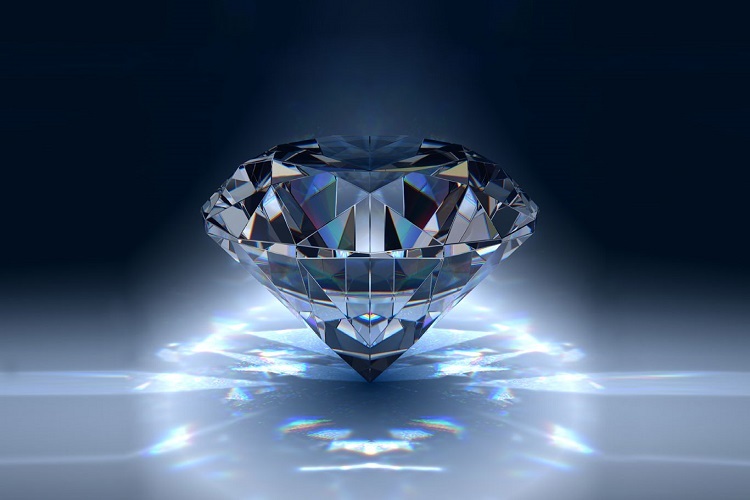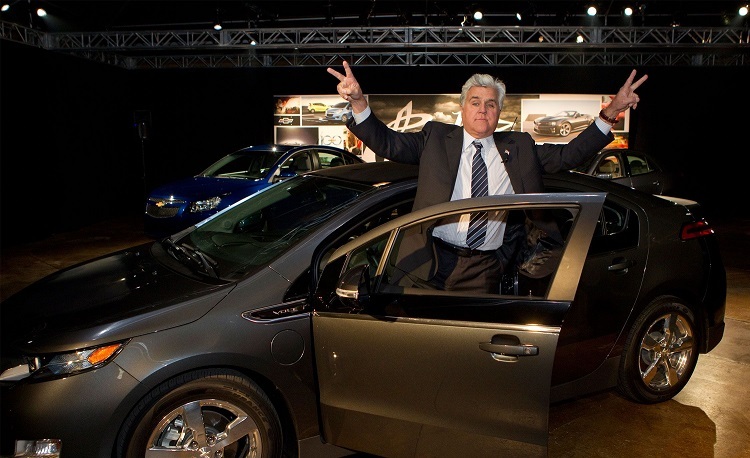A conflict-free diamond means that the diamond has been legally traded and has not been to used to fund conflict in certain war-torn regions of the world, such as central and western Africa. The United Nations has condemned conflict diamonds because they are often used to assist “forces or factions opposed to legitimate and internationally recognized governments….” Making sure you purchase a conflict-free diamond will ensure that you have made an ethical purchase. Here are a few tips to help you invest in a conflict-free diamond.
Ask. Many major retailers will represent that they only sell conflict-free diamonds. For example, Brilliant Earth, Blue Nile and Tiffany & Co. have a very clear statement on their websites that they will only sell conflict-free diamonds. If the retailer has not made this representation, ask the retailer about their written policy relating to conflict-free diamonds. If there is a specific diamond you wish to purchase, ask the retailer to see the diamond’s Kimberely Process certificate and System of Warranties statement. A retailer should always know the name of the mine and the country of origin for each diamond is has for sale.
Understanding the Certifications and History. The System of Warranties statement, along with the Kimberley Process certificate, track the diamond’s journey from mining to sale. After a diamond is mined, it is transferred to the Government Diamond Offices for tracking. Once the office has checked that the the diamond is conflict-free, it issues a Kimberely Process certificate bearing a unique serial number so the diamond may be exported. After the rough diamond has been legally exported for trade, it will be sent to a number of companies to prepare it for sale. Each time a new company or person handles the diamond, they will warrant that the diamond is conflict-free, resulting in the System of Warranties statement. Any retailer should have access to both the System of Warranties statement and the Kimberely Process certificate.
Location. It is widely known that Canada is the top exporter of conflict-free diamonds. However, so long as your retailer can provide you with the proper certifications, diamonds from Russia or even some parts of Africa are also conflict-free. Namibia and Botswana are two examples of African countries that have been able to ethically manage diamond mining. In fact, sales of these diamonds have helped Namibia and Botswana elevate their standard of living by enabling them to invest in education and infrastructure.
Price. Conflict-free diamonds are not more expensive than a diamond that cannot be certified conflict-free. A retailer should not charge you more for a conflict-free diamond nor should it charge you to see the Kimberely Process certificate and System of Warranties statement.
Don’t Be Fooled. If a retailer, gives you vague answers about its conflict-free diamond policy or tells you that 99% of all diamonds are conflict-free, take some time to ask more questions. The fact is, there are still conflict diamonds in circulation and dismissing this concern should be a red flag. If you are concerned that the retailer is withholding information or being dismissive, consider choosing another source for your diamond purchase.
With just a few key questions, you can feel confident that you are ethically purchasing a beautiful, conflict-free diamond.


















